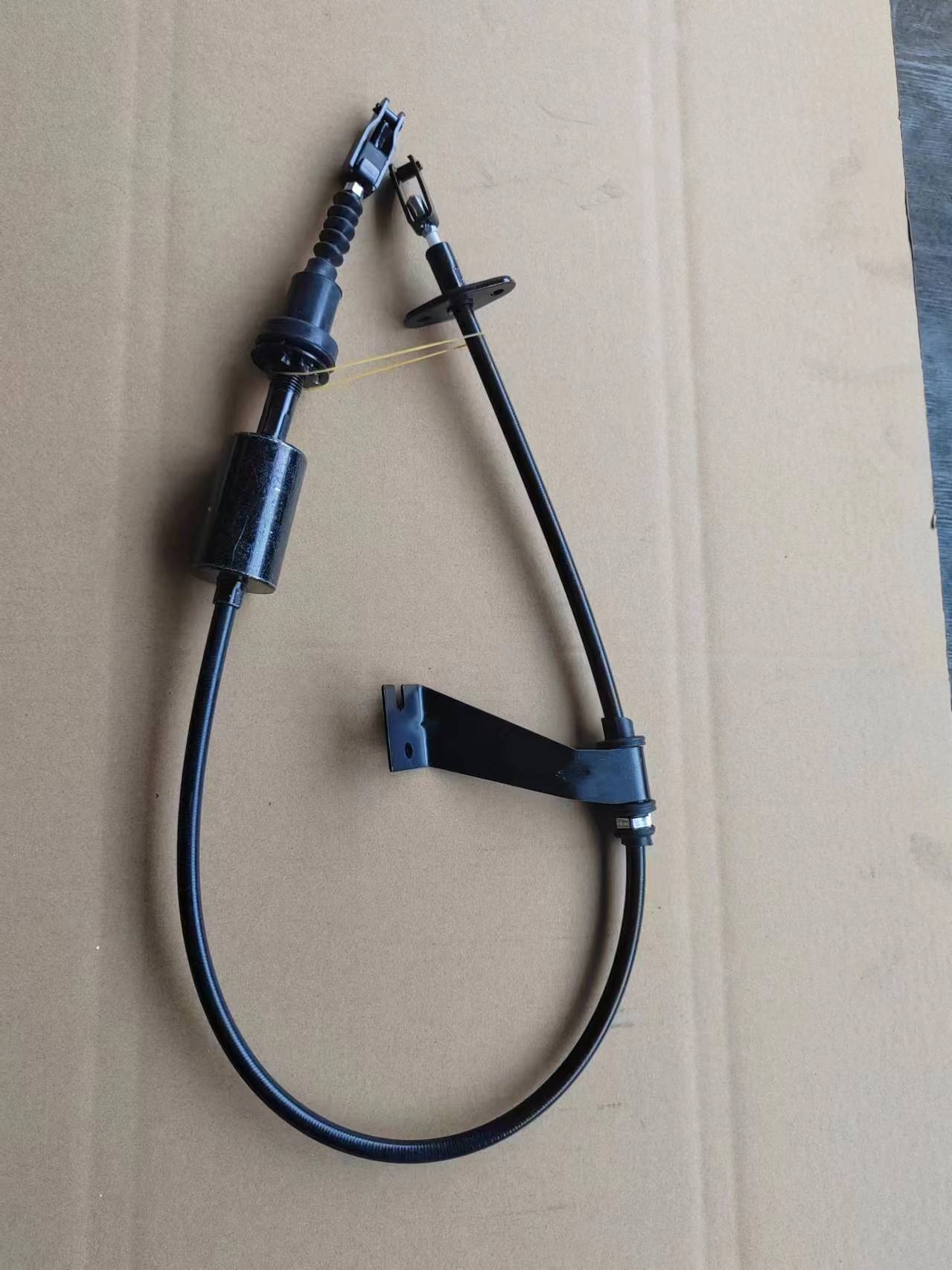Understanding the Importance of Accelerator Cables in Vehicle Performance and Maintenance
Understanding the Accelerator Cable An Essential Component in Modern Vehicles
The accelerator cable is an integral part of many vehicle systems, acting as a vital link between the accelerator pedal and the engine's throttle. While it may seem like a simple component, the accelerator cable plays a crucial role in a car's performance and responsiveness. Understanding its function, maintenance, and the technology behind it can provide valuable insights for both car enthusiasts and everyday drivers alike.
The Basics of the Accelerator Cable
In traditional vehicles, the accelerator cable is a mechanical linkage made of a flexible steel wire encased in a protective sheath. When the driver presses the accelerator pedal, the cable transmits that motion to the throttle body, opening it and allowing more air (and fuel) into the engine. This process increases engine speed and, consequently, the vehicle's speed. The design ensures that the driver has direct control over engine output, providing an immediate response to acceleration demands.
Evolution of the Accelerator Cable
While mechanical accelerator cables were once standard, advancements in automotive technology have led to the introduction of electronic throttle control (ETC) systems, commonly known as drive-by-wire. In these modern systems, the traditional cable has been replaced by electronic sensors and actuators. When the driver presses the pedal, a sensor detects the position and sends signals to the engine control unit (ECU), which then adjusts the throttle accordingly. This system improves accuracy, response time, and integrates seamlessly with other vehicle systems, such as traction control and stability management.
However, despite the shift towards electronic systems, the mechanical accelerator cable remains prevalent in many older vehicles and certain applications like motorcycles and some trucks
. Understanding how this component works is essential for car maintenance and repairs, especially for classic cars where traditional systems are still in use.accelerator cable

Maintenance of the Accelerator Cable
Maintaining the accelerator cable is crucial for ensuring smooth operation and preventing potential issues. Over time, the cable can wear down due to friction, dirt, or exposure to the elements. A frayed or damaged cable may result in a sticky accelerator pedal or erratic engine responses, which can be dangerous while driving.
Routine checks should include inspecting the cable for any signs of wear, ensuring it is properly lubricated, and replacing it if necessary. Drivers should also pay attention to how the vehicle responds to acceleration; unusual hesitations or a lack of responsiveness can indicate cable issues or other underlying problems.
Troubleshooting Common Issues
Some common symptoms of accelerator cable problems include difficulty in accelerating, a stuck pedal, or poor throttle response. If these issues arise, it is advisable to check the cable for tension and integrity. In a mechanical system, ensure that the cable is not binding and is correctly adjusted. For electronic systems, it may be necessary to scan the vehicle for diagnostic trouble codes that can shed light on potential faults in the throttle position sensor or other related components.
Conclusion
The accelerator cable, while often overlooked, is a fundamental component that significantly impacts vehicle performance. Whether in a traditional mechanical system or as part of a modern electronic setup, understanding its function, maintenance, and potential issues can empower drivers to ensure better vehicle reliability and safety. As automotive technology continues to evolve, staying informed about all components—like the accelerator cable—remains essential for any vehicle owner. This knowledge not only enhances driving experience but also fosters a deeper appreciation for the intricacies of modern engineering.
-
Workings of Clutch Pipe and Hose SystemsNewsJun.04,2025
-
The Inner Workings of Hand Brake Cable SystemsNewsJun.04,2025
-
The Secrets of Throttle and Accelerator CablesNewsJun.04,2025
-
The Hidden Lifeline of Your Transmission Gear Shift CablesNewsJun.04,2025
-
Demystifying Gear Cables and Shift LinkagesNewsJun.04,2025
-
Decoding Clutch Line Systems A Comprehensive GuideNewsJun.04,2025
